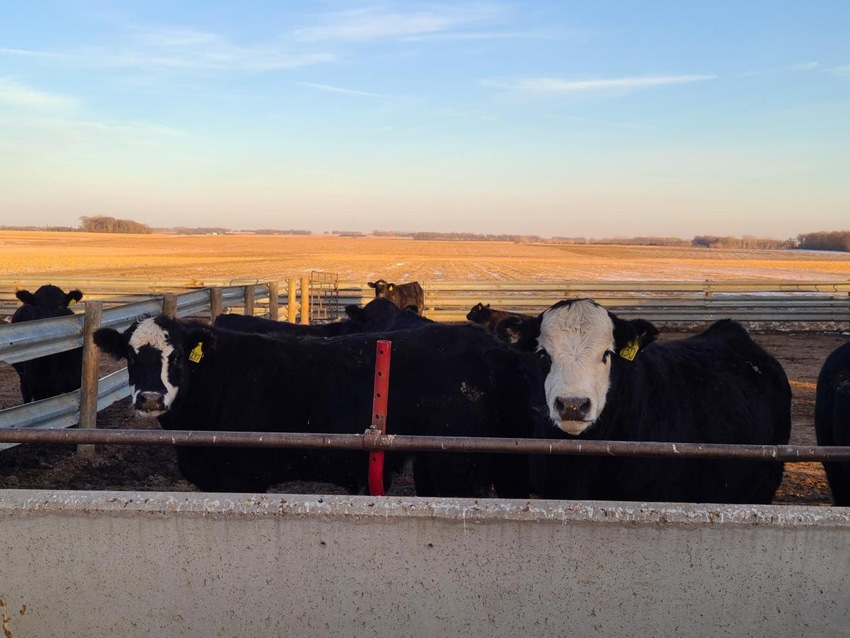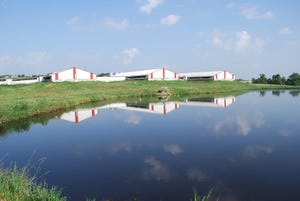Calculating yardage -- what's included and why it matters
Chris Clark, ISU extension beef specialist, highlights the importance of understanding and accurately calculating yardage.
April 18, 2024

Chris Clark, ISU extension beef specialist, Iowa Beef Center
Yardage is often broadly defined as non-feed costs per head per day associated with operating a cattle feeding facility and caring for cattle. Generally, this would include all fixed costs or overhead costs and at least some of the non-feed operating costs. The term yardage is most often used in feedlots and backgrounding yards, but the concept can also be applied to feeding cows in confinement and wintering cows. Fixed costs would include things like taxes, insurance, and depreciation on facilities and equipment. Non-feed operating costs would include things like fuel, utilities, labor and processing fees.
The yardage discussion can be challenging for a few reasons. First, yardage is different for every operation. It depends on things like age/type/cost of facilities, whether equipment is owned or leased, degree of sharing with other enterprises, how much labor is custom/hired work, etc. Second, there is significant variation in what operators include in the calculation of yardage. It is common for some operations to pull some non-feed operating costs out of the yardage category and bill for them separately. Bedding, veterinary costs and processing fees are non-feed costs that are often billed separately. Finally, the going rate for yardage at custom feedlots often seems low. In many cases, it is probably lesser than true costs of the feedyard and almost certainly below the cost to replace the facilities. Seemingly, custom feedlots must be competitive with what other yards are charging and if yardage does not cover costs, they probably have to find a way to make up the difference elsewhere.
Why is the calculation of yardage so important? Yardage can seem insignificant because we talk about it in terms of just a few cents per head per day. But if we multiply that charge by the number of head and then by the number of days on feed, it adds up quickly. For example, let’s say there is a difference in yardage of $0.10 per head per day between two feeding operations. A dime per head per day does not seem like much at first glance. Let’s say, however, that in this example we are talking about a pen of 200 head that are in the yard for 200 days on feed. For that pen of cattle, it comes to a difference of $4000 in costs between the two feeding operations.
However we define the term yardage, and whatever we may or may not include in the calculation of yardage, a solid understanding of costs of production is important for all producers. For cattle owners, accurately calculating yardage can help manage cost of production and make decisions about retained ownership and placement at custom feedyards. For custom feedyards, the yardage discussion is directly related to profitability. Understanding and communication about the subject can help establish a competitive and fair, yet hopefully profitable yardage fee. Whatever the scenario, the best bet is probably for producers to use some type of enterprise budget to determine their own costs for all the variables described above.
You May Also Like

.png?width=300&auto=webp&quality=80&disable=upscale)

